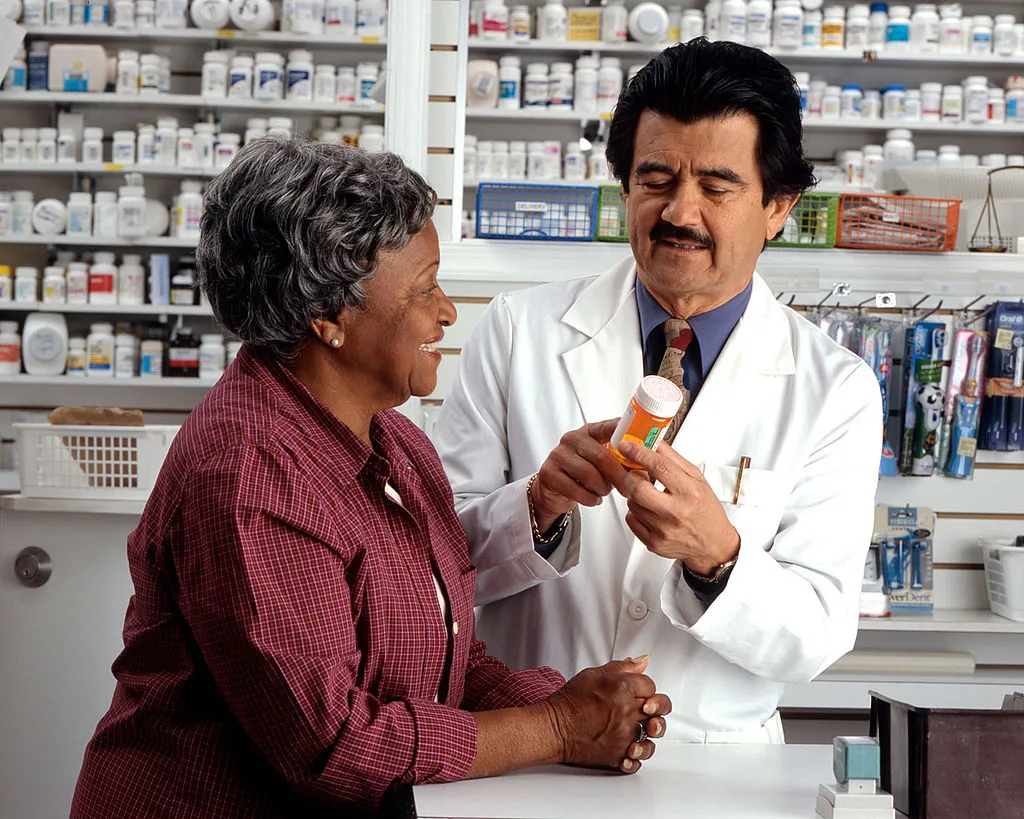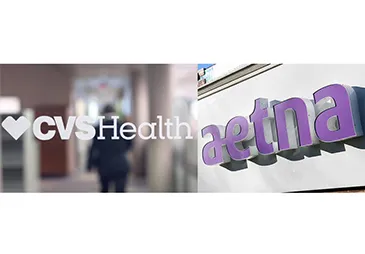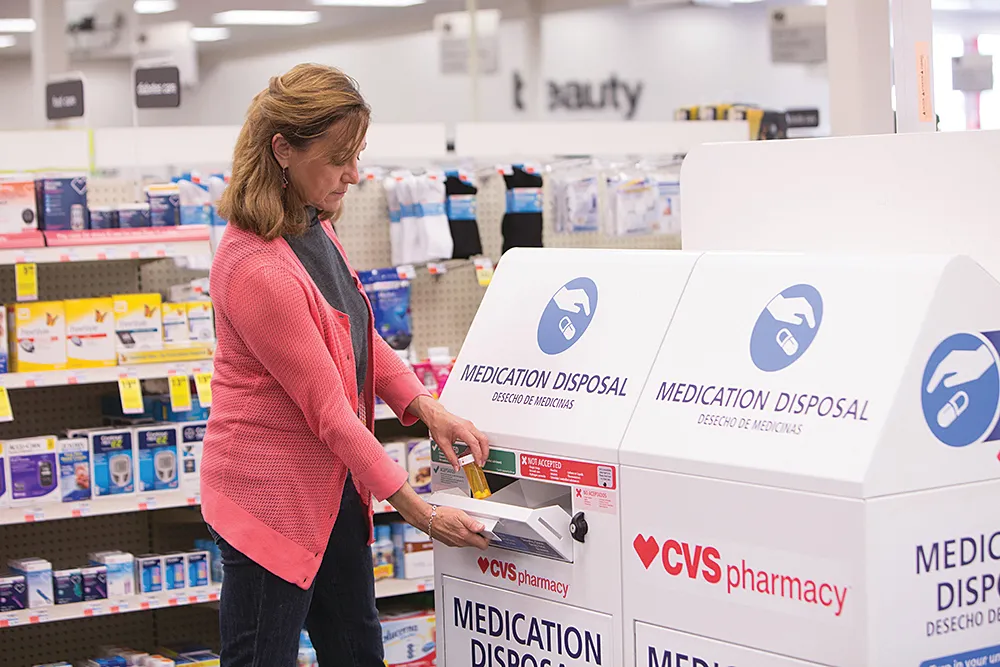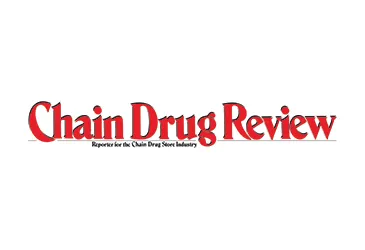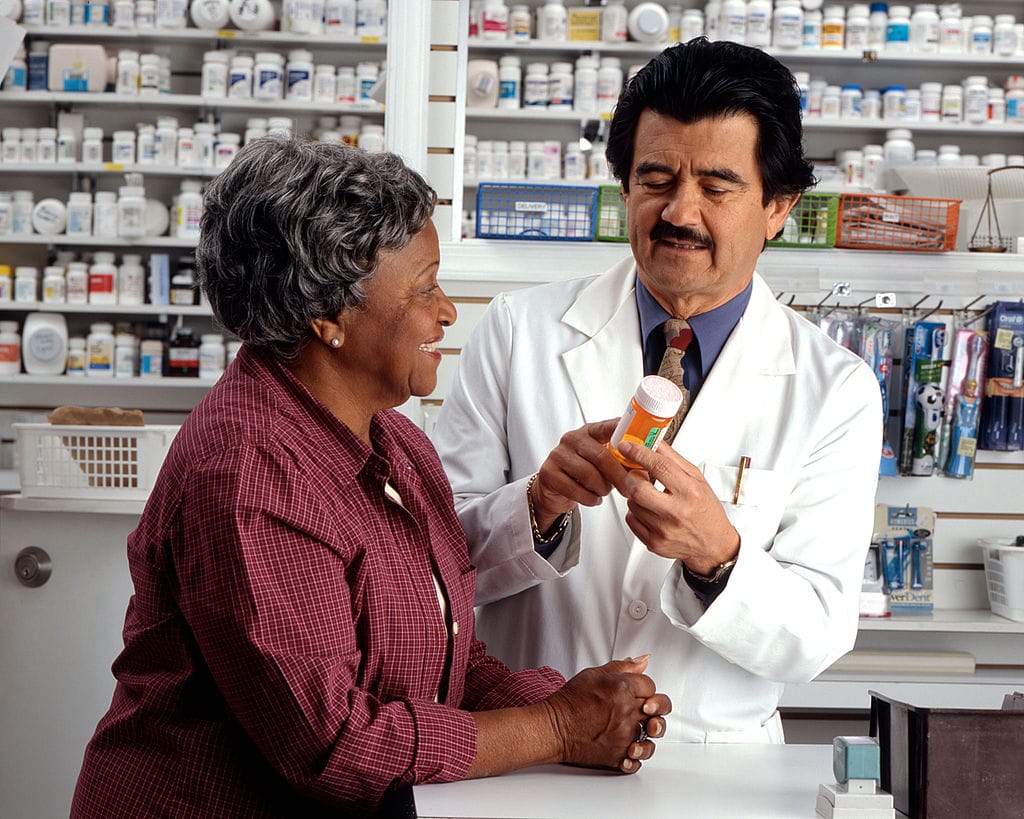
WASHINGTON — Retail pharmacy advocates applauded the House of Representatives for unanimously passing two bipartisan bills that aim to lower drug costs.
The bills — the Patient Right to Know Drug Prices Act and the Know the Lowest Price Act — had originated in the Senate, where each had gained earlier approval.
The bills were expected to be signed by President Trump, who had tweeted his support for legislation preventing Medicare insurers from imposing “gag clauses” that dissuade pharmacists from informing individuals when it would be cheaper for them to bypass their insurance plan and pay for their drugs out of pocket.
New rules in the Patient Right to Know Drug Prices Act apply to Medicare Part D, which pays for prescription drugs, and to Medicare Advantage, which provides coverage within Part C of Medicare.
The Patient Right to Know Drug Prices Act provides the same protections for others with private health insurance coverage.
“We commend the leadership of the senators and representatives who recognized the importance of this issue and guided it all the way through the legislative process,” Steve Anderson, president and chief executive officer of the National Association of Chain Drug Stores, remarked in a statement last month. “It will help reduce out-of-pocket costs by empowering pharmacists to help patients identify the lower-cost option.”
The National Community Pharmacists Association (NCPA) had also advocated on behalf of legislative efforts to halt the so-called gag clauses.
“As trusted health care providers whose aim is to get and keep patients well, pharmacists should be free to properly advise their patients about medication costs. That cost — even an insurance co-pay — can often be an impediment to patient access and adherence,” said B. Douglas Hoey, CEO of NCPA. “Helping patients know their alternatives increases the chances they can afford their medications, and that they will take them as they should and refill them when necessary.”
Anderson noted that legislation’s passage presents pharmacy advocates with an opportunity to highlight the issue of direct and indirect remuneration (DIR) fee reform, which he said would reduce patients’ out-of-pocket costs.
NACDS’ engagement on drug pricing is central to its Access Agenda, which aims to expand retail pharmacists’ role in health care. The agenda includes preserving patients’ access to care, enhancing access to newer services and working as partners for stronger and safer communities.
Mark Panzer, NACDS chairman and senior vice president of pharmacy, health and wellness at Albertsons Cos., gave a progress report on the Action Agenda during the association’s sixth-annual Total Store Expo in late August. Panzer described recent efforts to expand pharmacists’ immunization authority, foster medication synchronization, enhance the ability of pharmacists to furnish medications, and strengthen ties with the NCPA, the National Grocers Association and others on behalf of DIR fee reform.
On the topic of opioid-abuse prevention, Panzer described progress on NACDS’ policy recommendations — including requiring electronic prescribing, which is expected to help stop fraud and abuse.
Also this year, five states enacted mandatory e-prescribing legislation, bringing to 11 the number of states with an NACDS-backed mandate for e-prescribing. Legislation is pending in an additional four states.

